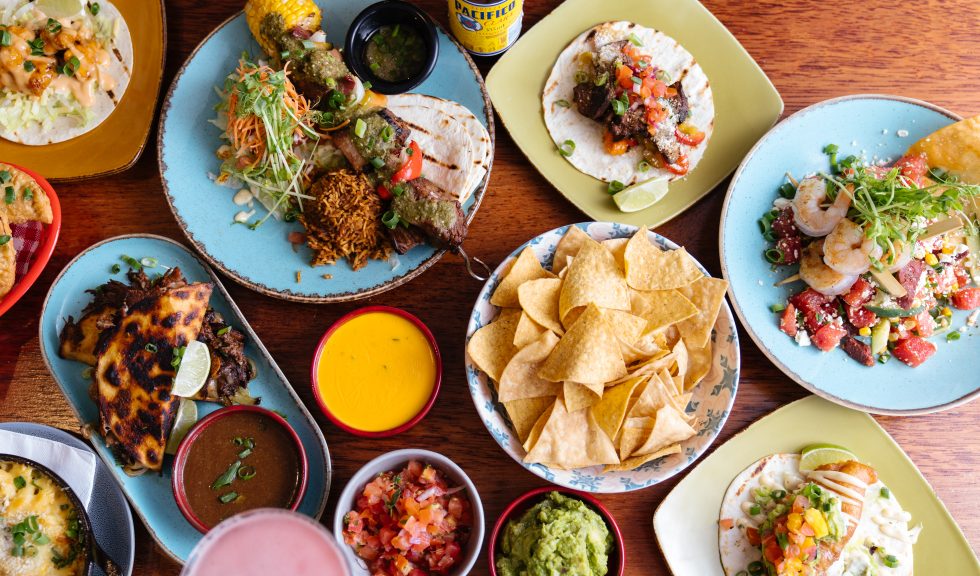Arpan Chowdhry
President, South Bay Toastmasters.
Thinker, Leader, Engineer & Epicurean.
My life has been a journey about food. Every new place that I visit, I get interested in the history of local cuisine. And the first question in my mind is always regarding all the influences that shaped the food. National Icons Here are three iconic foods that we associate with particular countries or cuisines. First is Ketchup, this is as American as anything can be. Second, Macarons have a similar status of being iconic French. And third, Japanese curry is an everyday staple in Japan. But you’ll be surprised about the origins of both these foods.
Let’s talk about Ketchup first. Its origins are based in China. Ketchup originally meant “fish sauce”. It was a sauce made by fermenting fish to preserve it. Early British traders in the 17th century brought it back from China to Europe. Over the next couple of centuries, it evolved and along the way, tomatoes were added and fish fell out of flavor. And finally, when it reached America, sugar was added and the Ketchup we know today was born. It quickly became America’s national condiment and signature export to the rest of the world including China.
What about Macarons? They were born in France, right? Wrong! They are based on an Arab dessert from as early as 9th-10th century. It used finely ground almonds mixed with sugar, rose water, and wrapped in a thin delicate pastry. Some recipes left off the pastry shell while others sprinkled finely crushed pistachios. And after centuries of wars and conquests, this dessert with a lot of changes to the recipe was picked up by a French baker. He baked two pieces and added ganache in the middle and thus this humble dessert became the exotic Parisian Macaron. The same Mararon that can give gold a run for its money these days.
Japanese curry is a ubiquitous feature of life for all Japanese people. It has many varieties across the country. It could even be considered a national dish. Yet the origins of the dish, as the name suggests, are not actually from Japan. The dish was in fact first brought to the country by the British from India. The British navy had adopted curry as a hearty meal for its sailors during the long voyages at sea. The Navy also added vegetables and meat and made its curry thicker than the kinds they found in India.
Foods born out of necessity! Soul food today is considered quintessential Southern American food. Both ‘Hole in the Wall’ and Michelin-star restaurants boast of having the best Soul food. Who doesn’t like juicy, perfectly cooked Fried chicken? But this cuisine has a deep cultural and dark past. A lot of the influence comes from West Africa. The meat (mainly pork), spices (cayenne and others), and greens have the African stamp all over it. But the carbohydrate (corn, breading meat) and fat-heavy (frying) influence was born out of necessity. This allowed the enslaved to consume a high-calorie diet to sustain their long hours at the plantations.
Ramen is also a food that has a dark past. It is a classic Japanese noodle soup dish, but the influence came to Japan from wheat-noodle Chinese soups. The word ramen is borrowed from Chinese and means ‘pulled noodles’. But it gained popularity and got on the world map after World War II. As we know Japanese cuisine relies heavily on rice, but after the devastation caused by the war there was a severe shortage of rice. To deal with the food shortage the US flooded the Japanese market with cheap wheat. So, the popularity of Ramen skyrocketed due to necessity.
America, the melting pot! America is a special place. In most parts of the country from large sky-scraping cities to humble single-street downtowns, you can find multicultural multi-ethnic Mom and Pop restaurants next to each other. One of the few places on earth where you can find a Korean Taco with Indian Mango chutney or a Hot Dog with Mexican style grilled onions and jalapeno or the juxtaposition of an Indian & Pakistani Restaurant. All cuisines have a history. All foods have traveled across borders. Most ingredients are universal. Food brings us joy, sparks conversations amongst strangers, and ultimately unites us to focus on the simple and delicious things in life.




















